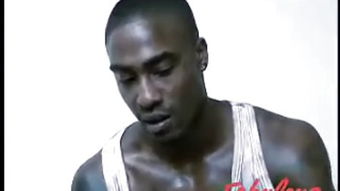
Back Bite Meaning: A Comprehensive Guide
Understanding the term “back bite” can be quite insightful, especially if you’re in the field of dentistry, orthodontics, or simply curious about oral health. In this detailed exploration, we delve into the various dimensions of back bite, including its definition, causes, effects, and treatment options.
What is a Back Bite?

A back bite, also known as a posterior crossbite, refers to a misalignment of the upper and lower jaws where the upper teeth are positioned inside the lower teeth when the mouth is closed. This condition can occur on one side or both sides of the mouth.
Causes of Back Bite

Several factors can contribute to the development of a back bite. These include:
| Factor | Description |
|---|---|
| Genetics | Family history can play a role in the development of a back bite. |
| Malocclusion | Other types of malocclusion, such as an underbite or overbite, can lead to a back bite. |
| Early Tooth Loss | Losing baby teeth prematurely can cause the remaining teeth to shift and lead to a back bite. |
| Bruxism | Teeth grinding can contribute to the misalignment of the jaws. |
| Oral Habits | Thumbsucking, pacifier use, or tongue thrusting can affect the proper alignment of the teeth and jaws. |
Effects of Back Bite

A back bite can have several negative effects on oral health and overall well-being:
-
Difficulty in speaking clearly
-
Chewing difficulties
-
Increased risk of tooth decay and gum disease
-
Headaches and jaw pain
-
Self-esteem issues due to the appearance of the teeth and bite
Treatment Options for Back Bite
Several treatment options are available for correcting a back bite, depending on the severity of the condition and the individual’s age:
-
Orthodontic Treatment
Braces or clear aligners can be used to gradually move the teeth into the correct position.
-
Removable Appliances
Devices such as retainers or expanders can help correct the misalignment of the jaws.
-
Fixed Appliances
Orthodontic bands and brackets can be used to move the teeth and correct the bite.
-
Orthognathic Surgery
In some cases, surgery may be necessary to correct severe misalignments of the jaws.
Prevention and Maintenance
Preventing a back bite involves maintaining good oral hygiene and addressing any potential risk factors early on. Here are some tips:
-
Regular dental check-ups
-
Early intervention for any signs of malocclusion
-
Encouraging healthy oral habits, such as avoiding thumbsucking and pacifier use
-
Practicing proper brushing and flossing techniques
Understanding the back bite meaning and its implications can help you take proactive steps to maintain a healthy and attractive smile. By addressing any potential issues early on, you can prevent long-term complications and enjoy a lifetime of good oral health.



